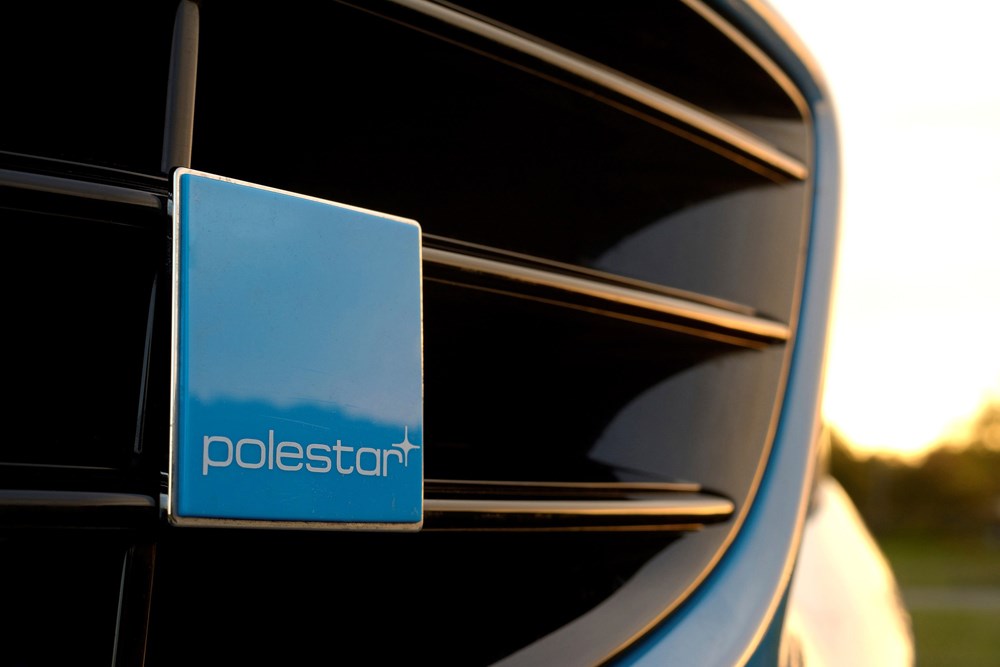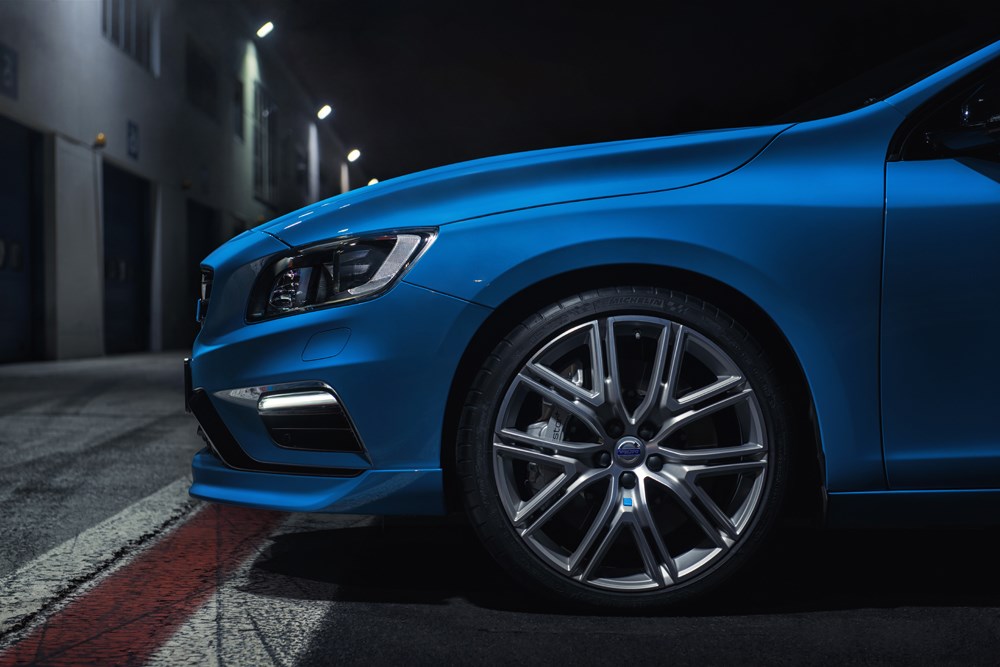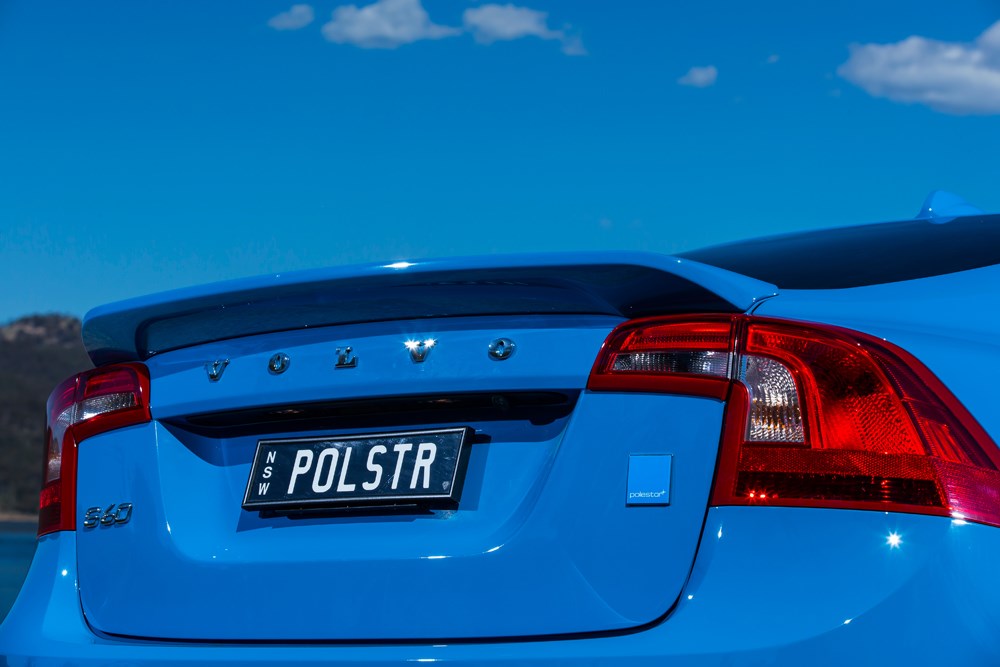Rumours that Volvo’s in-house tuning squad is set to design and manufacture stand-alone electric-powered sports cars have been confirmed. What’s more, Driven can reveal that they’re destined for New Zealand.
Volvo’s performance sub-brand, Polestar, will develop and market its own stand-alone range of electric performance cars, with the first model potentially available by the end of this year.
A spokesperson within Volvo’s parent company, Geely, confirmed the rumour to UK media outlet Auto Express last week, adding that the stand-alone Polestar vehicles will be designed to take on similarly sporty models from the Volkswagen Group.
Like many markets, New Zealand has seen the Polestar brand as a performance-themed augmentation on Volvo S60 and V60 models; specifically, in Australia and New Zealand, in the form of a limited run of 10 Scott McLaughlin Edition Volvos, personalised inside and out with direction from the racer himself.

Despite being disappointed when the V8 Supercar association came to an end for the brand, Volvo Cars New Zealand general manager Coby Duggan says the advent of a Polestar branded range of electric vehicles promises something entirely different and an opportunity to reclaim some sports car status.
“There’s no question that there is some brand-building to be done for Polestar in this part of the world, but specialising in EVs will ensure Polestar remains a performance partner that complements the broader Volvo offering in a forward-looking, environmentally-conscious manner,” says Duggan.
While an appetite for a sportier Volvo exists here, so too does a market for plug-in hybrid tech from the Scandinavian manufacturer. The local distributor has sold 31 XC90 T8 PHEV models since it launched locally in March last year; that’s around 10 percent of total volume for the restyled XC90. Duggan says that more would have found owners too, had global demand not restricted availability for the Kiwi concern.
The plug-in hybrid option will soon make its way into the S90 sedan model mix, as well as the forthcoming XC60 mid-size SUV.
While initial reports suggest Polestar is looking to roll out the first model in its sports car line-up as early as the end of this year, Duggan says that realistically it will be late 2019 or early 2020 before right-hand drive allocation will be made available to the local market.

He does confirm, however, that a number of planned body-styles will be available in right-hook configuration.
“We will of course make the most of any Polestar initiatives and announcements linked to motor shows and concept cars, but we don’t have any short-term plans for broader Polestar marketing,” he continues.
“Our most immediate priorities relate to core models to be launched during the next 12 months such as XC60 and XC40, and I expect that during that timeframe Polestar’s global brand and product strategy will continue to evolve.”
So, for now it’s a ‘wait and see’ situation, with Volvo R-Design models continuing to fill the remit for a sportier model.
The development of Polestar as a separate entity bodes well, however, with Geely seeing it working in the same way that AMG does for Mercedes-Benz, in producing both bespoke cars, such as the Mercedes-AMG GT, and performance-themed versions of mainstream models, like the Mercedes-AMG A 45.

In other words, despite re-establishment as a stand-alone nameplate, Polestar will also continue to deliver performance enhancements for Volvo as it has done since 1996 (Volvo bought the tuning house outright in 2015).
Performance Polestars will likely utilise Volvo’s Scalable Product Architecture (SPA) platform to underpin the electric models. When considering this same platform is the bed upon which models as diverse as the Volvo XC60 and V90 Cross Country – and others besides – are built, the idea of Polestar being able to announce a multi-model roster of vehicles from the get-go seems more than plausible.
“The Polestar range will be unlike anything we have seen in the Volvo line-up thus far,” says Duggan.
“It has the potential to not only appeal to today’s Volvo customers but also attract a new generation of customers who are excited by the uncompromising combination of high performance, coupled with impressive environmental credentials.”




